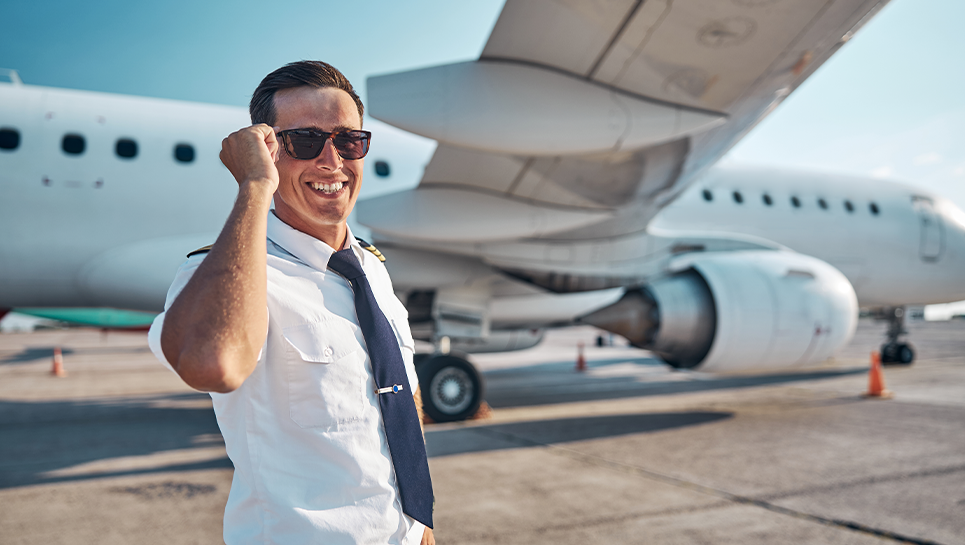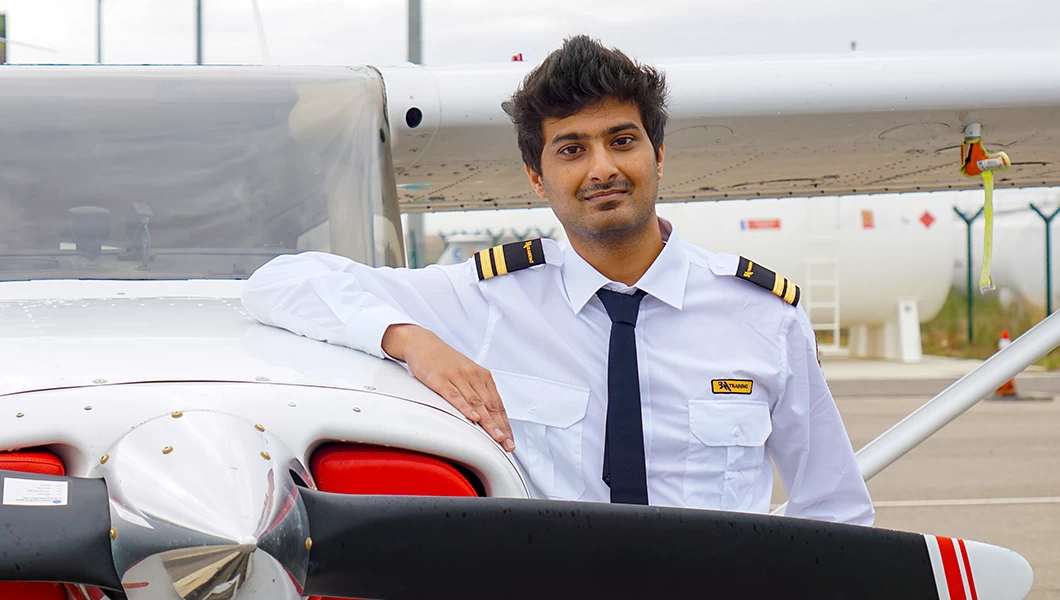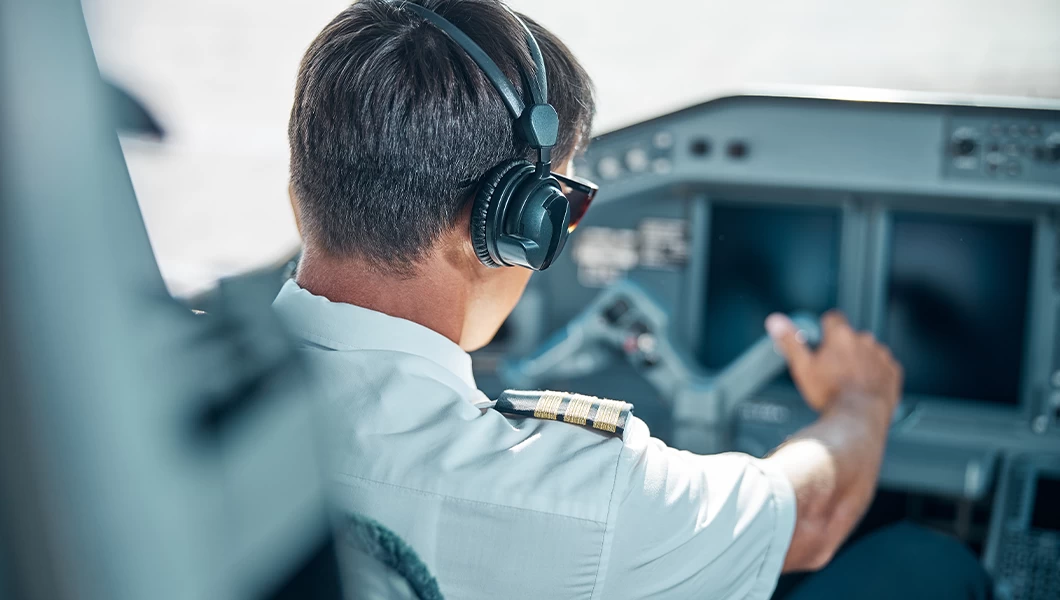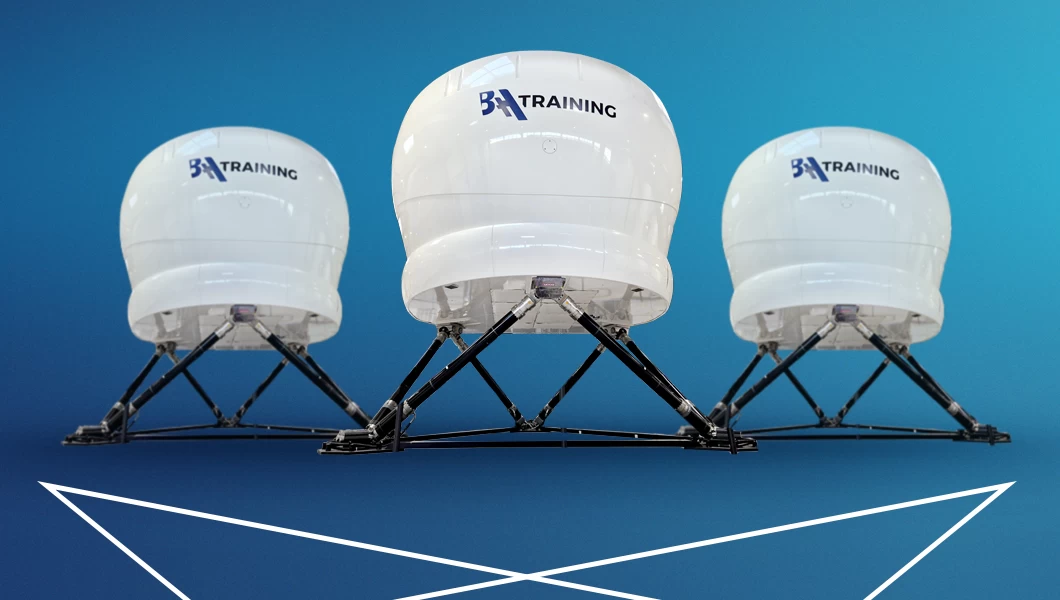So how did the full flight simulator come to be the pinnacle of pilot training?
First flight simulator—sort of
Flying an aircraft back in the early days was a dangerous affair. Unlike current aircraft made of robust materials, the first ones were constructed of wood and fabric. For pilots, this usually meant a one-way trip. The theory of flight concepts also didn’t translate well enough from the blackboard to the act of flying, until you were actually flying. It was only natural to begin simulating in-air experiences on terra firma.
Building aircraft and taking flight was all the rage in the early 1900s. From the Wright Brothers patenting their aircraft control system in 1906 to the French gasoline engine manufacturer Antoinette dipping their toes into aircraft construction across the Atlantic the same year.
In 1909, the Antoinette company started working with the French Army to begin the first military aircraft trials by establishing a flight school and a workshop. This is where the rudimentary flight simulator was born—the Antoinette Trainer.
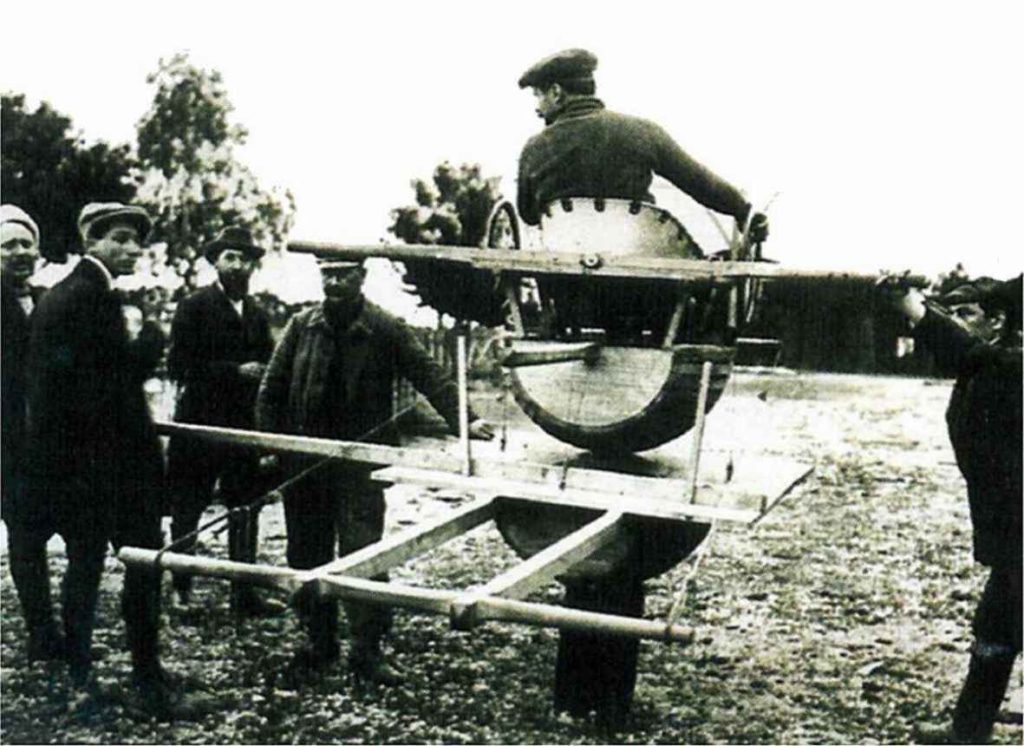
It was made from a wooden half-barrel, mounted on a universal joint, with flight controls, pulleys, and stub-wings. To operate, they needed at least two–three people on the job. They would pitch and roll the simulator according to what the pilot did in the mock cockpit. While it wasn’t an engineering miracle by today’s standards, it was innovative and did the job of simulating flight in practice.
From joyride to flight school staple
Fast forward 20 years and Edwin Albert Link enters the scene. Working at his father’s automatic piano and organ factory, Link was an aviation geek through and through. In 1927 he even obtained the first Cessna airplane ever delivered—a pilot favorite to this day—and continued to make his name as pioneer in aviation.
After assembling an advertising plane (with visual and sound effects) from spare parts found at the factory just for fun, Link set his sights on making a ground-based training simulator. Short wooden wings and fuselage mounted on a universal joint, organ bellows, driven by an electric pump—essentially an electric motion system—made the trainer pitch and roll as the pilot worked the controls. The Link Trainer, now regarded as first commercially-built flight simulator and world’s first flight training device (FTD), surprisingly didn’t see much success beyond popularity at amusement parks as a simple joyride.
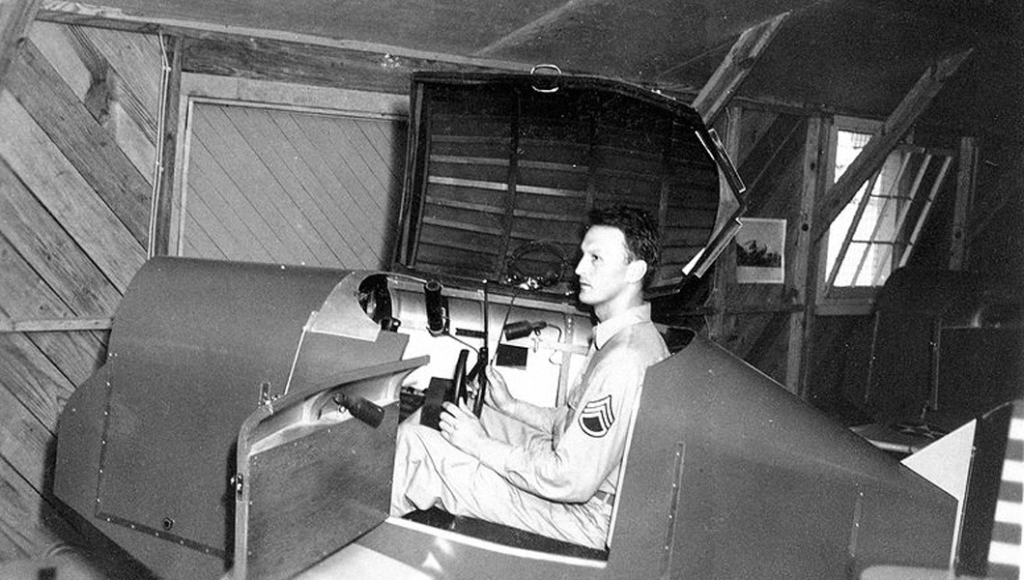
It took until 1934 for the Link Trainer to properly take off. It was due to a series of accidents in the U.S. Army Air Corps where pilots’ unfamiliarity with Instrument Flying Conditions caused them their lives. After Link demonstrated that flights in bad visibility are possible thanks to instrument flight, the first six trainers were ordered, enhancing pilot training efficiency. With flight simulator demand rising during the World War II, the Link Trainer became the standard equipment in every US flight school.
In with the new
The pilot training on flight simulators made their debut in 1937 when American Airlines became the first airline to order Link Trainer for their needs. However, it wasn’t until mid-1950s to 1960s that the beginnings of what we understand today as a full flight simulator started to take proper shape.
Similar ARTICLES
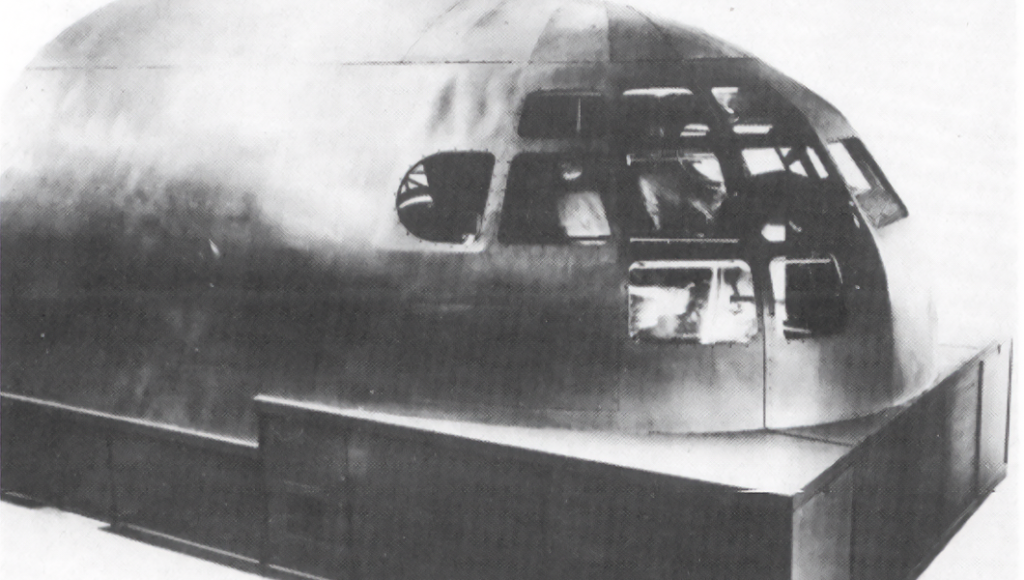
The earlier training devices where mostly a procedures trainer. They were fixed base with no vision or sound and not quite there to provide real flight simulator experience yet. Introduction of jet aircraft placed high demand on flight simulators. It pushed manufacturers to move from analogue systems and enter the digital age in aviation training devices.
It was now possible to calculate the motion of an aircraft and simulate its behavior as realistically as possible. But running such a beast of a simulator needed as powerful computing capabilities. And back in the 1960s it meant a lot of computers. It was one of the main problems for flight simulators right up until the 21st century—limited by the technology of their time.
While these flight simulators didn’t fully match experience that of real aircraft operations, the flight training devices became mandatory for pilot training.
Your PILOT CAREER
starts with a first click
Modern full flight simulators
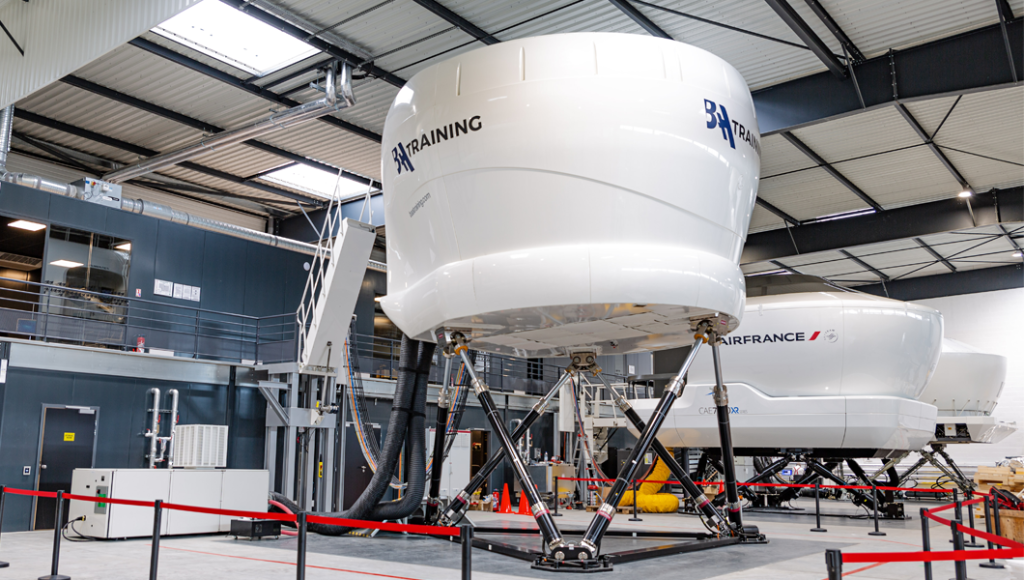
Today’s top-of-the-line full flight simulators provide experience as realistic as sitting in a cockpit of an actual B737 or A320. A flight simulator boasts collimated display and visual system providing real-life flight deck view and realistic cockpit sounds. Force cueing motion system ensures that the pilot feels every little detail of their flight operations—acceleration, deceleration, turbulence, and other forces encountered during different phases of flight.
Modern flight simulators are categorized into four levels, A through D, standardized and approved by the major aviation authorities like FAA, EASA and ICAO. Level D is the highest standard for a modern full flight simulator providing hyper-realistic training experience. Now, a pilot-in-training can experience and learn practically everything without setting foot into a real cockpit.

Pilot training now includes Virtual Reality (VR) or Augmented Reality (AR) in its scope. The new generation of pilots have grown up in the digital age where immersive technology is more easily accessible than before. Knowing this, pilot training schools and flight simulators’ manufacturers, too, move with the times, adapting to new methods younger pilots now learn.
Bottom line
What started as a half-barrel manned by two people to simulate flight during the dawn of aviation, has become an essential part of a pilot’s training. Full flight simulators not only helped pilots hone their skills throughout the decades but, in many instances, were what kept potential aviation accidents at bay.
As technology continues to evolve and innovate the industry, one can only image what future inventions hold for a full flight simulator.

